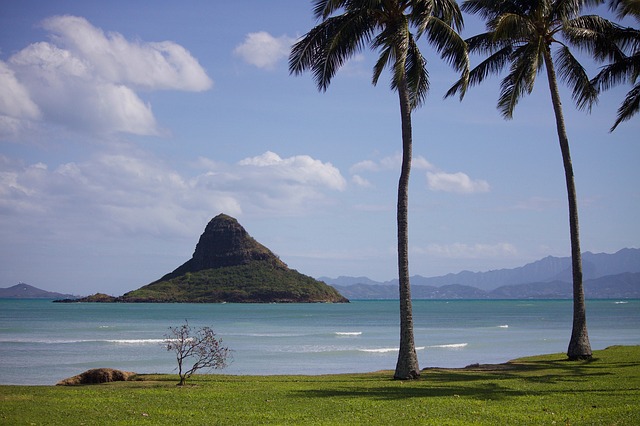

Editor’s note: Here’s a roundup of the latest eye-catching earth science videos from NASA and beyond. In March, snow emerged as a theme.
Where there is snow, there is water. Scientists trudged through thick white powder in Grand Mesa and the Senator Beck Basin to measure the depth of snow — and its water content — for the SnowEx campaign.
SIX SIDES AND A WHOLE LOT O’ COOL
A scientist with the Global Precipitation Measurement (GPM) mission explains why snowflakes look the way they do.
SIX THINGS YOU DON’T KNOW ABOUT SNOW
Did you know that 60 million Americans rely on snowmelt as their main source of water?
And if you’re not completely buried in white stuff, check out a National Geographic short documentary on a Colorado man who has been taking daily snow measurements for decades.
JUMPING TO LIGHT SPEED IN THE PURSUIT OF SNOW
“Photon Jump” tells the story of an exuberant photon. Follow this miniature light particle as s/he is spat out of a satellite sensor in Earth’s orbit. A team of students at Georgia’s Savannah College of Art and Design (SCAD) created the film for the upcoming ICESat-2 mission, which will measure snow and ice on Earth.

In Hawaii, land of palm trees, pineapples, and year-round surfing, a full-blown blizzard hit last week. The early March storm brought more than 8 inches (20 centimeters) to the top of Mauna Kea volcano, leading authorities to shut the road to the peak.
The snow was all the more surprising given how little has fallen in more traditionally snowy locales. Hawaii received more snow that day than Denver has accumulated over the past seven weeks. The Colorado city got 1.6 inches (4 centimeters) in the past 51 days, according to local news.
The island archipelago also got more white stuff than Chicago. That city, famed for its bitter winters, is currently in the midst of a snow drought, with a mere 0.6 inches (1.5 centimeters) falling in 2017. That’s the least on record since the late 1800s. To put that into perspective: Chicago averages 37 inches (94 cm) of yearly snowfall. By contrast, Hawaii gets a yearly average of 3.7 inches (9 cm).
Thanks to their height, the peaks of Mauna Kea and Mauna Loa volcanoes do receive a dusting now and again. But that snow rarely sticks around for more than a few days, according to Ken Rubin, an assistant professor of geology and geophysics at the University of Hawaii.

Mauna Kea in December 2016. Image: NASA Earth Observatory/Jesse Allen, using Landsat data from the U.S. Geological Survey.
The following is an excerpt from a story by Maria-Jose Vinas, NASA’s Earth Science News Team
Defying 30 mph gusts and temperatures down to minus 22°F, NASA’s new polar rover, GROVER, recently demonstrated in Greenland that it could operate completely autonomously in one of Earth’s harshest environments. The solar-powered robot, developed by students, was able to execute commands sent from afar over an Iridium satellite connection and collect radar data that will allow scientists to study snow and ice accumulation in Greenland.
To learn more about GROVER, check out this web feature.